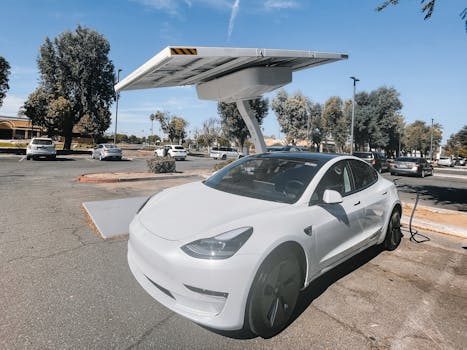
Smart Cities: Urban Trends for 2025 – Revolutionizing the Future
Smart Cities, the concept of integrating technology and sustainability to create efficient and livable urban environments, is becoming increasingly popular. As we approach 2025, it’s essential to explore the latest urban trends that will shape the smart cities of the future.
Introduction to Smart Cities
Smart Cities are designed to provide a high quality of life for their citizens, while minimizing their environmental footprint. This is achieved through the use of cutting-edge technology, such as the Internet of Things (IoT), data analytics, and renewable energy. The goal of smart cities is to create sustainable, efficient, and connected urban environments that are capable of supporting the growing needs of their populations.
Urban Trends for 2025
So, what can we expect from the smart cities of 2025? Here are some of the top urban trends that will shape the future of urban planning:
- Sustainable Infrastructure: Cities will prioritize sustainable infrastructure, including green buildings, renewable energy, and energy-efficient transportation systems.
- Smart Transportation: Electric and self-driving vehicles will become increasingly common, reducing congestion and pollution in urban areas.
- IoT and Data Analytics: The use of IoT sensors and data analytics will allow cities to monitor and manage their resources more efficiently, reducing waste and improving public services.
- Urban Agriculture: Cities will incorporate urban agriculture, such as rooftop gardens and vertical farming, to increase food production and reduce reliance on industrial agriculture.
- Resilient Cities: Cities will prioritize resilience, incorporating design and planning strategies that can withstand natural disasters and climate change.
Benefits of Smart Cities
The benefits of smart cities are numerous, and include:
- Improved quality of life for citizens
- Increased economic competitiveness
- Reduced environmental impact
- Enhanced public safety
- More efficient use of resources
Challenges and Opportunities
While smart cities offer many benefits, they also present challenges and opportunities, including:
- Infrastructure investment and funding
- Cybersecurity and data protection
- Public engagement and participation
- Addressing social and economic inequality
- Balancing technological innovation with human needs
Conclusion
In conclusion, the smart cities of 2025 will be shaped by a range of urban trends, from sustainable infrastructure to cutting-edge technology. As cities continue to evolve and grow, it’s essential to prioritize the needs of citizens, while minimizing environmental impact. By embracing the benefits of smart cities, we can create efficient, livable, and sustainable urban environments that support the well-being of both people and the planet.






